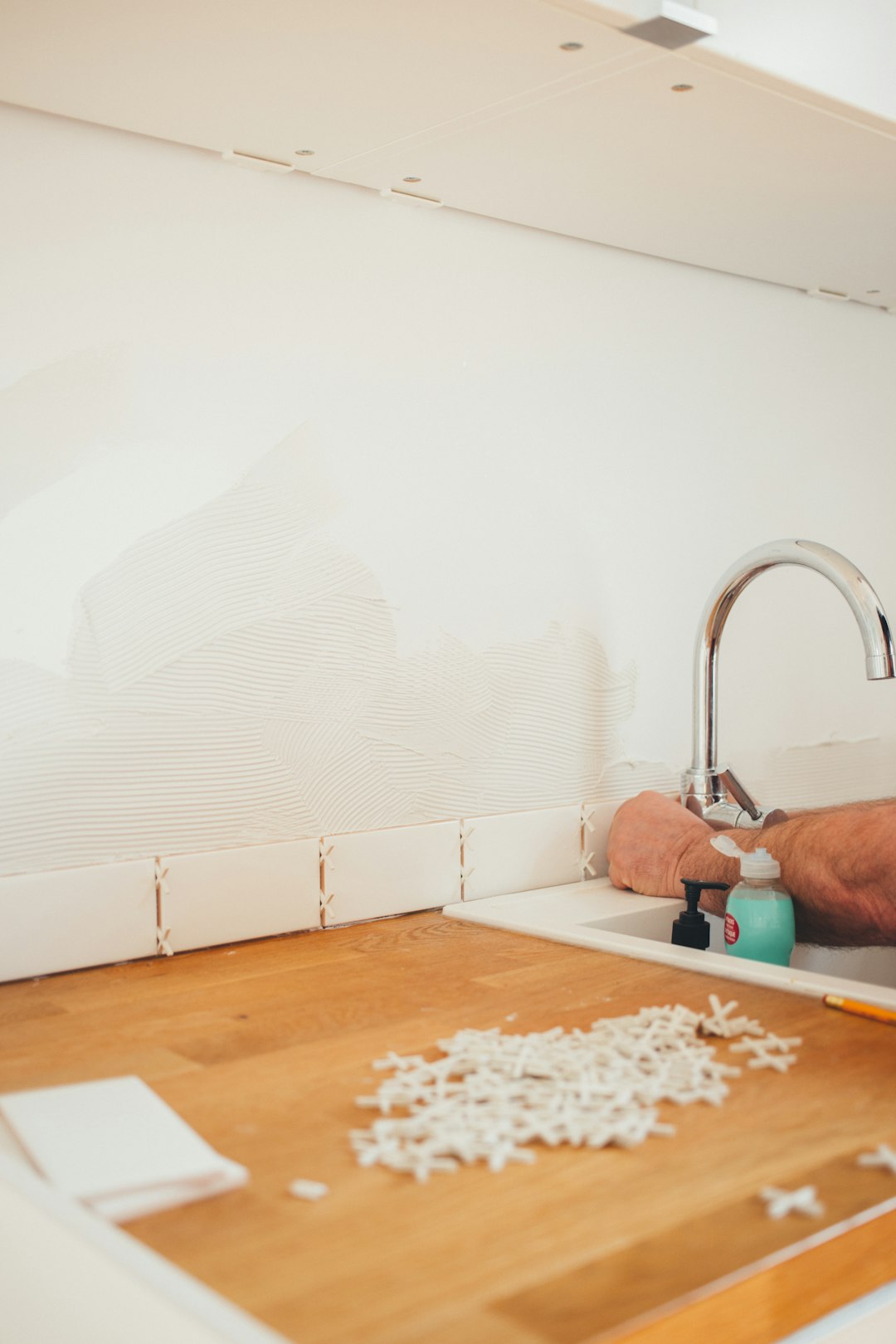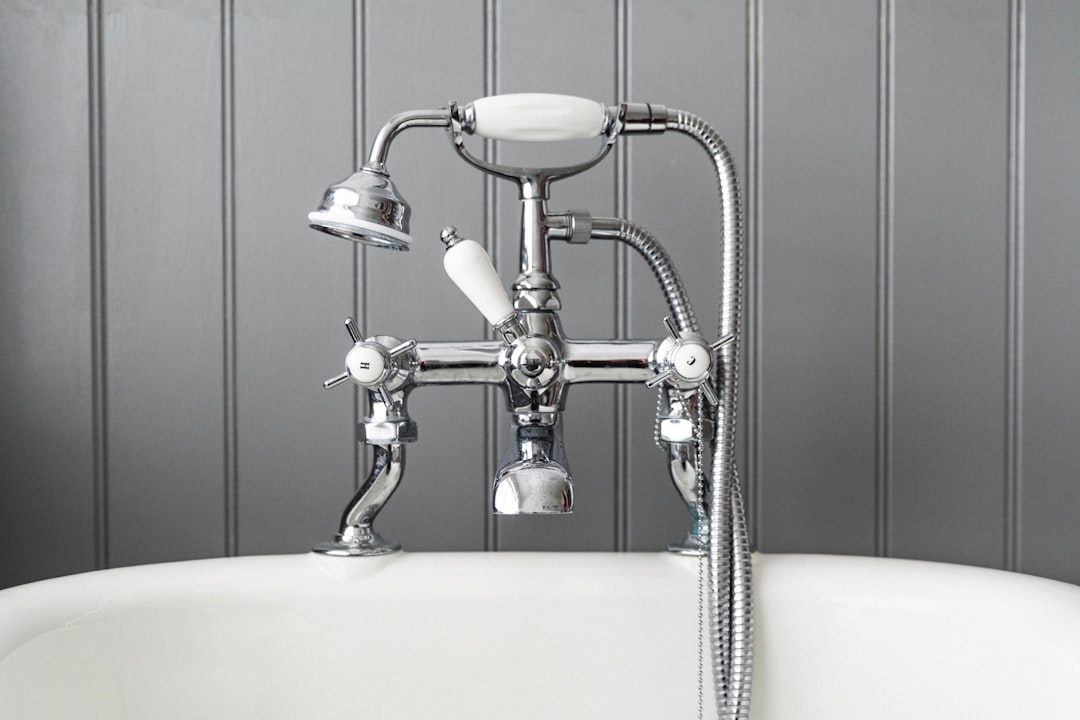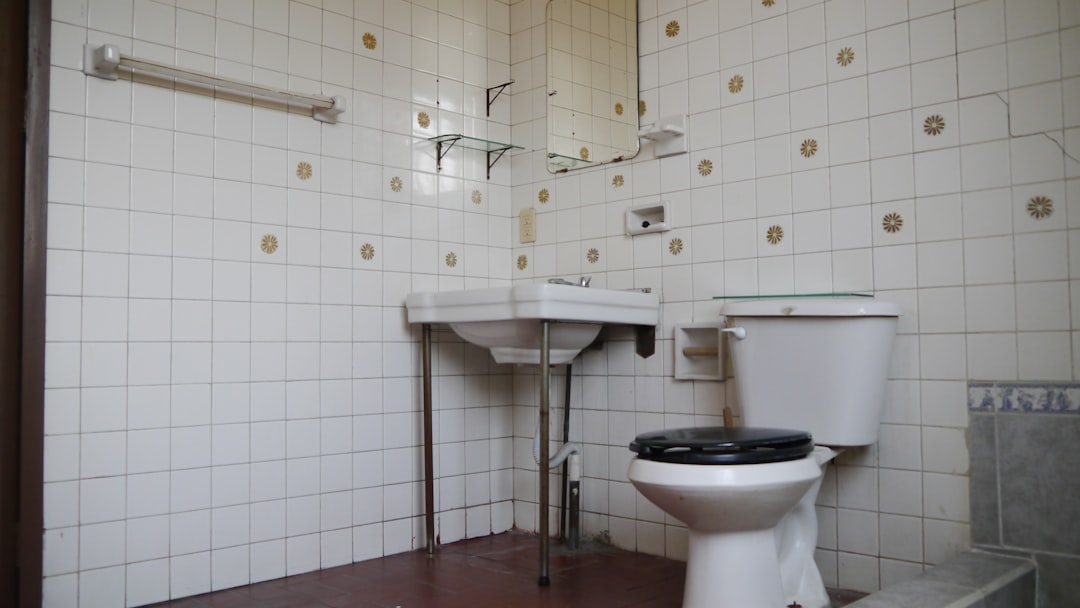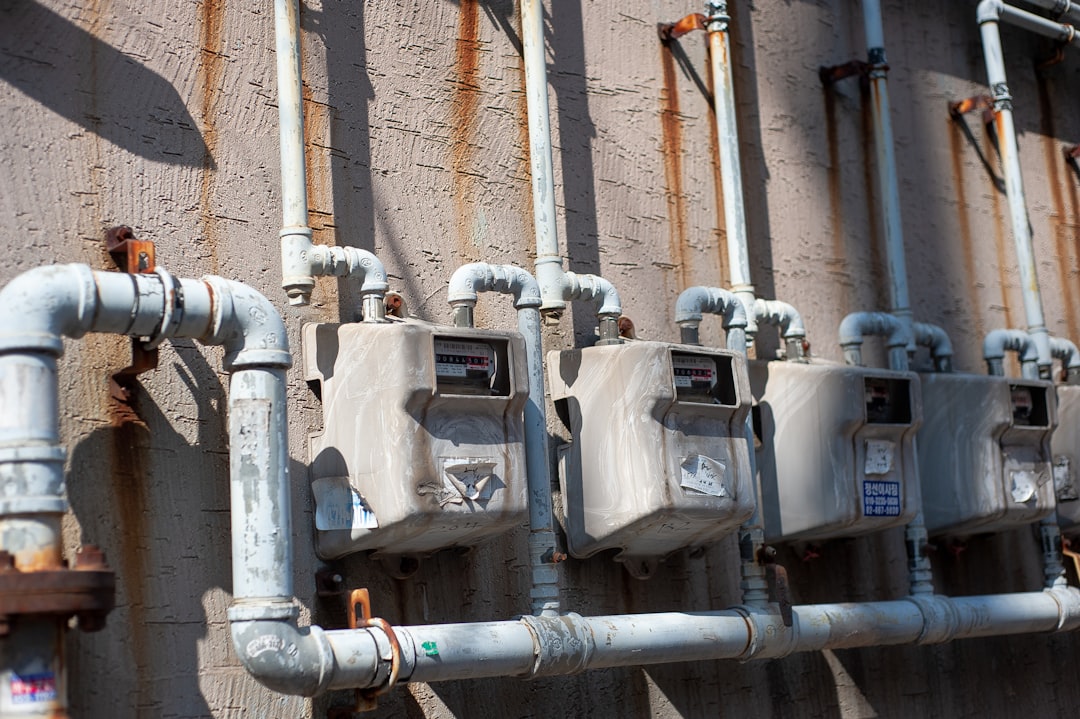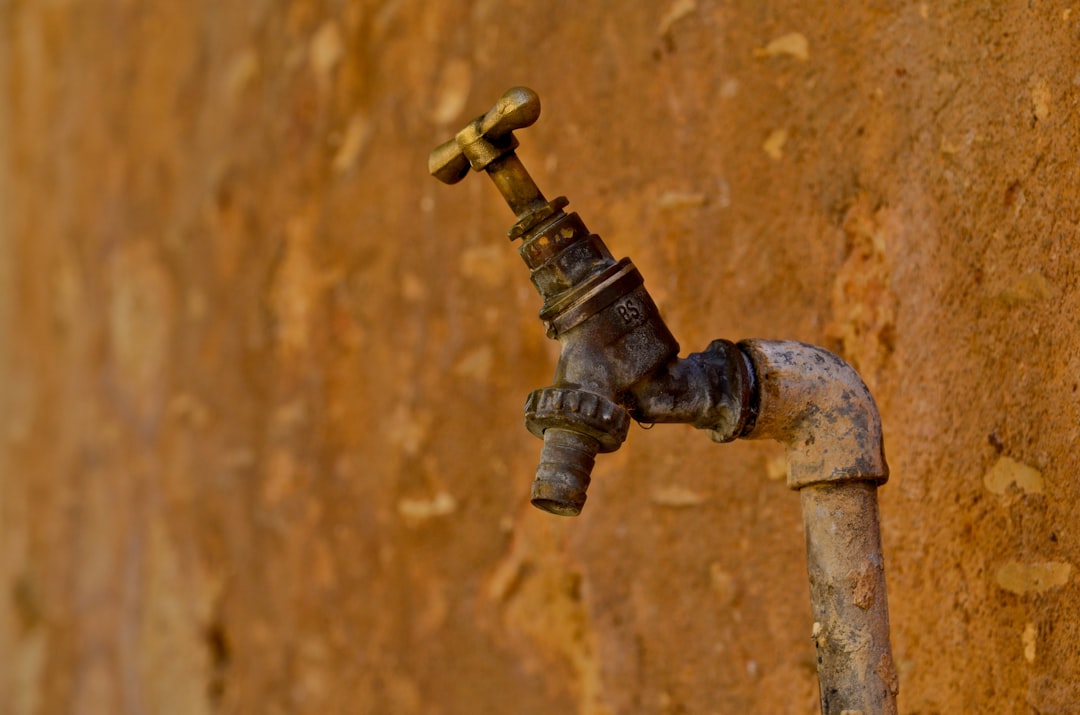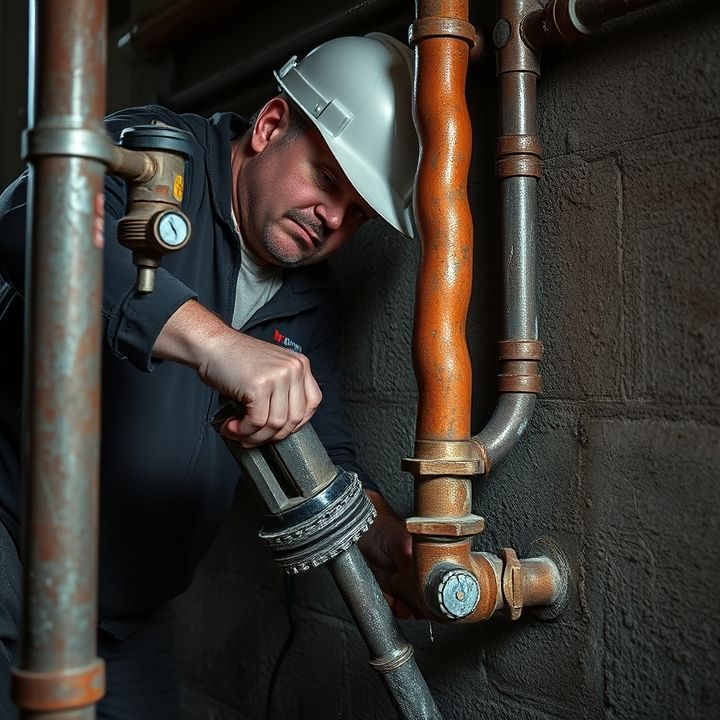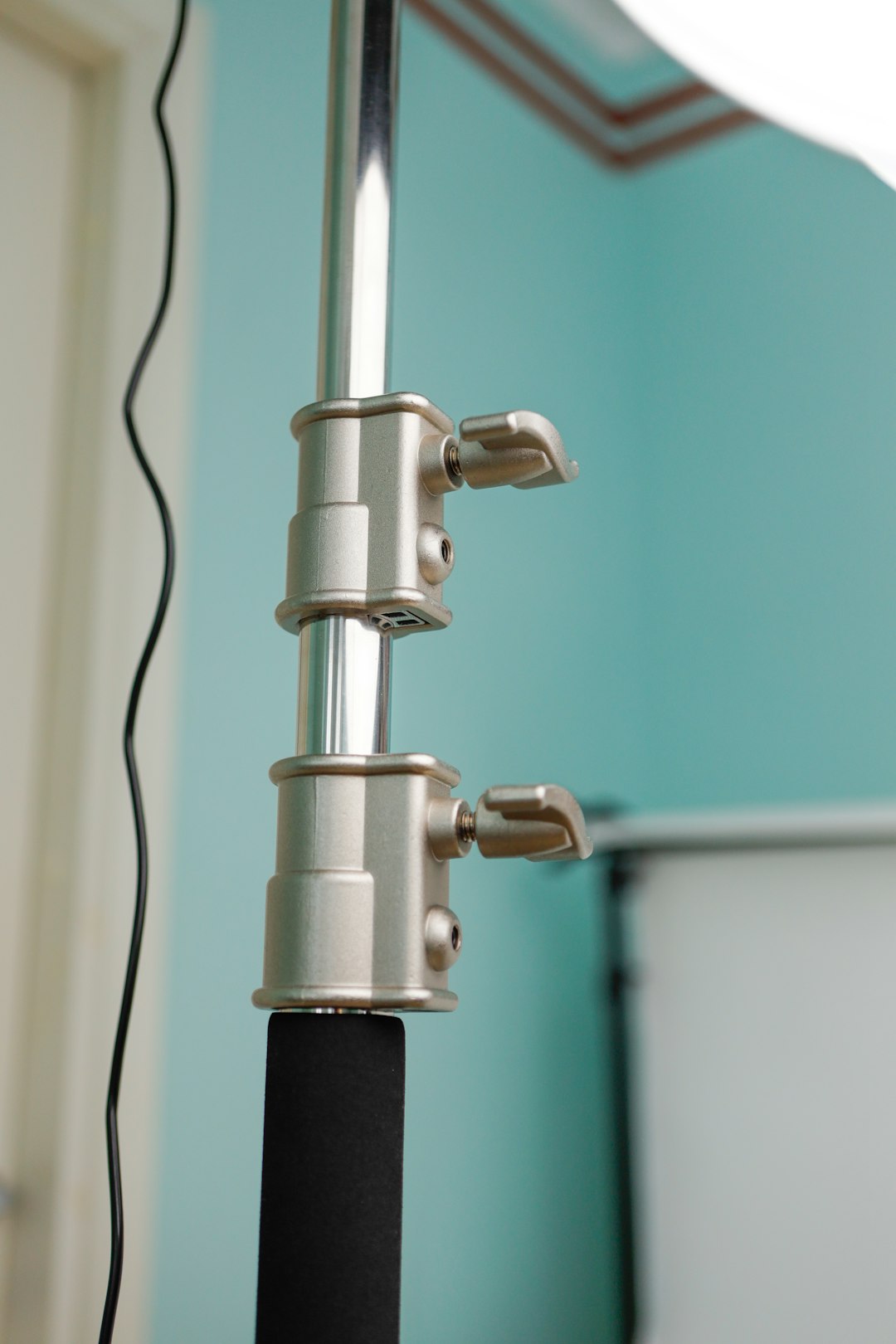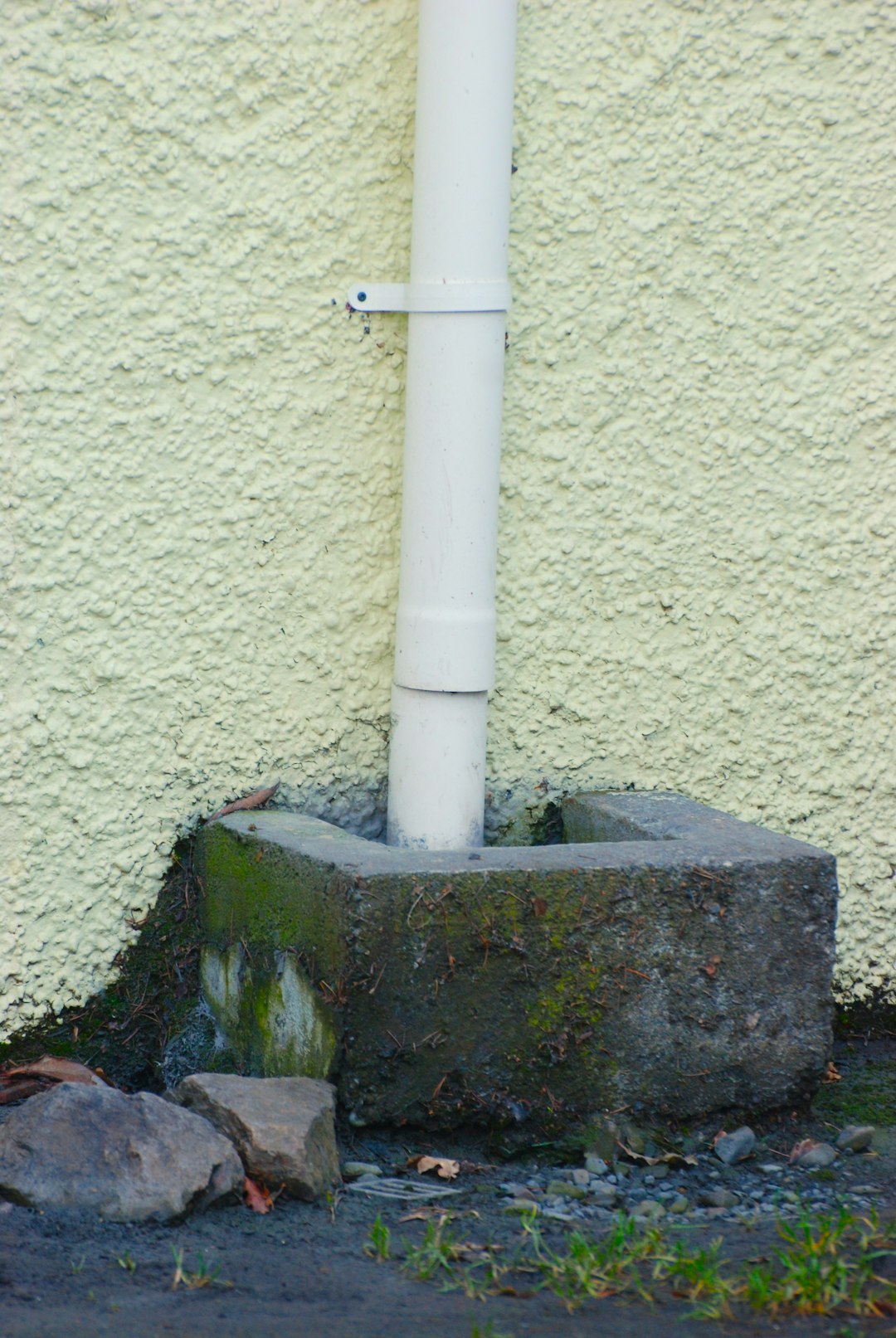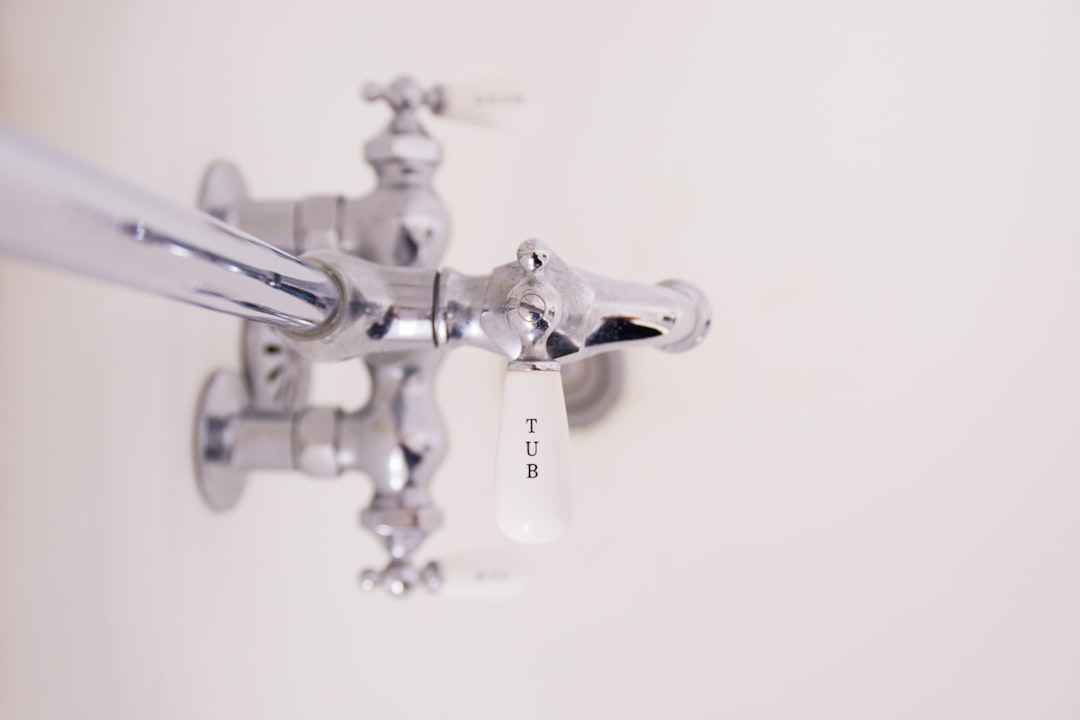Table of Contents
- Introduction
- Overview of water softeners and their benefits
- Role of plumbers in water softener installation
- Necessary plumbing skills for installing water softeners
- Comparison of DIY installation versus professional installation
- Types of water softeners and their installation requirements
- Factors affecting the cost of water softener installation
- Common plumbing issues related to water softeners
- Maintenance and service options for water softeners
- Conclusion
- Frequently Asked Questions
Introduction
Have you ever pondered the advantages of water softeners but felt overwhelmed by the installation process? You’re not alone. Water hardness can wreak havoc on your plumbing and appliances, leading many homeowners to consider water softening solutions. However, the question often arises: can a plumber install a water softener? This article delves into the essentials of the installation process, highlighting how professional plumbers can simplify your life by effectively installing these systems.
Imagine waking up to softer skin after a shower and cleaner dishes after washing. These are just a couple of the benefits you can expect once you make the decision to invest in a water softener. Not only do these systems improve the quality of your water, but they also extend the life of your plumbing. Stay with us as we explore the seamless process of having a water softener installed and unveil the myriad benefits it offers to your home and lifestyle.
Overview of water softeners and their benefits
Water softeners are devices designed to reduce the hardness of water, which is caused by high levels of minerals, particularly calcium and magnesium. Hard water can lead to various issues in households, such as scale buildup in pipes and appliances, reduced efficiency of dishwashers and washing machines, and even dry skin and hair after bathing. By installing a water softener, homeowners can experience several benefits.
One significant advantage is the improvement in the lifespan of plumbing systems and appliances. Softened water prevents the accumulation of mineral deposits, ensuring that fixtures remain in good condition. Moreover, it enhances the effectiveness of soaps and detergents, as soft water allows them to lather better and clean more efficiently. As a result, this can lead to reduced usage of cleaning products, making it both environmentally friendly and cost-effective.
Additionally, many people report softer skin and shinier hair when using softened water for bathing. Overall, water softeners contribute to a more comfortable and efficient home environment.
Role of plumbers in water softener installation
The role of plumbers in water softener installation is crucial, as they possess the skills and knowledge needed to ensure that these systems are installed correctly and efficiently. Water softeners are designed to remove hard minerals such as calcium and magnesium from water, improving its quality and extending the lifespan of plumbing fixtures and appliances. Plumbers evaluate the existing plumbing system and determine the best location for the water softener, taking into account factors such as space, accessibility, and water flow.
Once the location is established, plumbers handle the necessary plumbing modifications to connect the water softener to the home’s water supply. This includes shutting off the water, cutting pipes, and installing the appropriate fittings. Additionally, plumbers ensure that the softener is connected to a drain for the regeneration process, which requires proper drainage for the brine solution.
Moreover, plumbers can provide valuable advice on selecting the right water softener based on the specific water hardness and household needs. Their expertise not only ensures proper installation but also helps homeowners understand maintenance requirements for optimal performance.
Necessary plumbing skills for installing water softeners
Installing water softeners requires specific plumbing skills to ensure effective and safe operation. First and foremost, a solid understanding of water supply systems is essential. This includes knowledge of pipe materials, water pressure, and flow rates. Plumbers must be able to identify the appropriate location for installation, typically near the main water supply point, to maximize efficiency.
Additionally, skill in handling various tools, such as wrenches, pipe cutters, and drills, is imperative for cutting and connecting pipes correctly. It is also crucial to comprehend the principles of drainage systems, as proper drainage is needed to release brine water during regeneration cycles. Understanding electrical connections is another important skill, as some water softeners have electronic controls that require wiring into the home’s electrical system.
Finally, troubleshooting skills are valuable, as plumbers may need to diagnose issues related to flow rate or mineral buildup over time. Overall, the combination of these plumbing skills ensures a seamless installation and optimal performance of water softeners.
Comparison of DIY installation versus professional installation
When considering the installation of a water softener, homeowners often weigh the options of DIY installation against hiring a professional.
DIY installation can be appealing for those who enjoy hands-on projects and want to save on labor costs. Many water softener kits come with detailed instructions, making the process accessible to individuals with basic plumbing skills. However, inaccurate installation can lead to complications, such as leaks or equipment damage, which may offset any initial savings.
On the other hand, professional installation provides expertise and peace of mind. Licensed plumbers have the experience to correctly install the system, ensuring optimal performance and longevity. They can also identify potential issues that a DIYer might overlook. Furthermore, professionals typically offer warranties on their work, providing additional security for the homeowner.
Ultimately, the choice between DIY and professional installation depends on one’s comfort level with plumbing tasks, budget considerations, and the desired assurance of a job well done.
Types of water softeners and their installation requirements
There are several types of water softeners available, each with different installation requirements. The most common types include ion exchange water softeners, salt-free water conditioners, and reverse osmosis systems.
Ion exchange water softeners work by exchanging hard minerals like calcium and magnesium with sodium ions. These systems typically require access to a drain for regeneration and installation near a water supply line.
Salt-free water conditioners do not remove hardness minerals but rather condition water to prevent scale buildup. These systems are generally easier to install and may not require drain access.
Reverse osmosis systems filter out various impurities, including hard minerals, and are often installed under sinks. They require a dedicated faucet and sometimes additional plumbing modifications.
When considering installation, it’s essential to assess the space available, the plumbing configuration, and local building codes. Each type of water softener has its unique installation challenges, which can affect whether a plumber or a skilled DIYer is best suited for the task.
Factors affecting the cost of water softener installation
The cost of installing a water softener can vary significantly depending on several factors. One major factor is the type of water softener chosen. There are various models available, including salt-based, salt-free, and dual-tank systems, each with different price points. Additionally, the size of the unit required for a specific household will influence the overall cost. Homes with larger water usage typically need larger units, which can be more expensive.
Another important factor is the complexity of the installation process. If existing plumbing needs to be altered or if the installation requires additional components, such as bypass valves or drain lines, the cost may increase. Local labor rates also play a role; hiring a licensed plumber can add to the expense, especially in areas with a higher cost of living.
Finally, factors such as permits, warranties, and ongoing maintenance should be considered, as they can contribute to the upfront and long-term costs associated with water softener installation.
Common plumbing issues related to water softeners
Water softeners are essential for treating hard water, but they can also lead to a variety of plumbing issues if not installed or maintained correctly. One common problem is the buildup of scale in pipes and fixtures, caused by minerals that the softener fails to remove adequately. If the system isn’t functioning properly, hard water can still flow through, leading to limescale formation over time.
Another issue is improper drainage. A water softener requires a drain for the backwash cycle to function effectively. If this drain is clogged or improperly installed, it can lead to water leaks or even system damage.
Additionally, frequent regeneration cycles can impact water pressure. If a water softener regenerates too often due to high hardness levels or incorrect settings, it can lead to fluctuations in water pressure affecting the entire plumbing system.
Lastly, the salt used in water softeners can pose corrosion risks for certain types of plumbing. Over time, the salt brine may cause pipes to erode, leading to leaks and costly repairs.
Maintenance and service options for water softeners
Maintaining a water softener is crucial for ensuring its efficiency and longevity. Regular maintenance can help prevent issues such as salt bridges, which occur when salt becomes hard and prevents the system from regenerating properly. It’s advisable to check the brine tank every couple of months to ensure it has enough salt and to refill it when necessary. Additionally, the resin beads inside the softener can lose effectiveness over time and may need to be replaced, typically every 5 to 10 years depending on usage.
Service options for water softeners vary by manufacturer and company but generally include routine inspections, salt delivery services, and emergency repairs. Many professional plumbing services offer maintenance contracts which cover periodic checks and necessary adjustments. This can provide peace of mind as it ensures that professionals are regularly monitoring the unit’s performance. Homeowners also have the option of performing basic checks themselves, such as inspecting for leaks or monitoring the water’s hardness levels, to determine when they may require service.
Conclusion
In conclusion, the installation of a water softener is a significant investment in the quality of your home’s water supply, providing numerous benefits such as improved appliance longevity and enhanced skin care. While many homeowners may consider DIY installation, hiring a professional plumber brings invaluable expertise, ensuring that the system operates efficiently and correctly. With the various types of water softeners available, each with unique installation requirements, turning to a knowledgeable plumber can save you time, money, and potential headaches in the long run. Moreover, regular maintenance is essential for sustained performance, highlighting the importance of professional service options. If you are contemplating the installation of a water softener or have questions regarding the best approach, don’t hesitate to seek assistance. For reliable plumbing support and expert installation services, call 573-555-2121 today!
